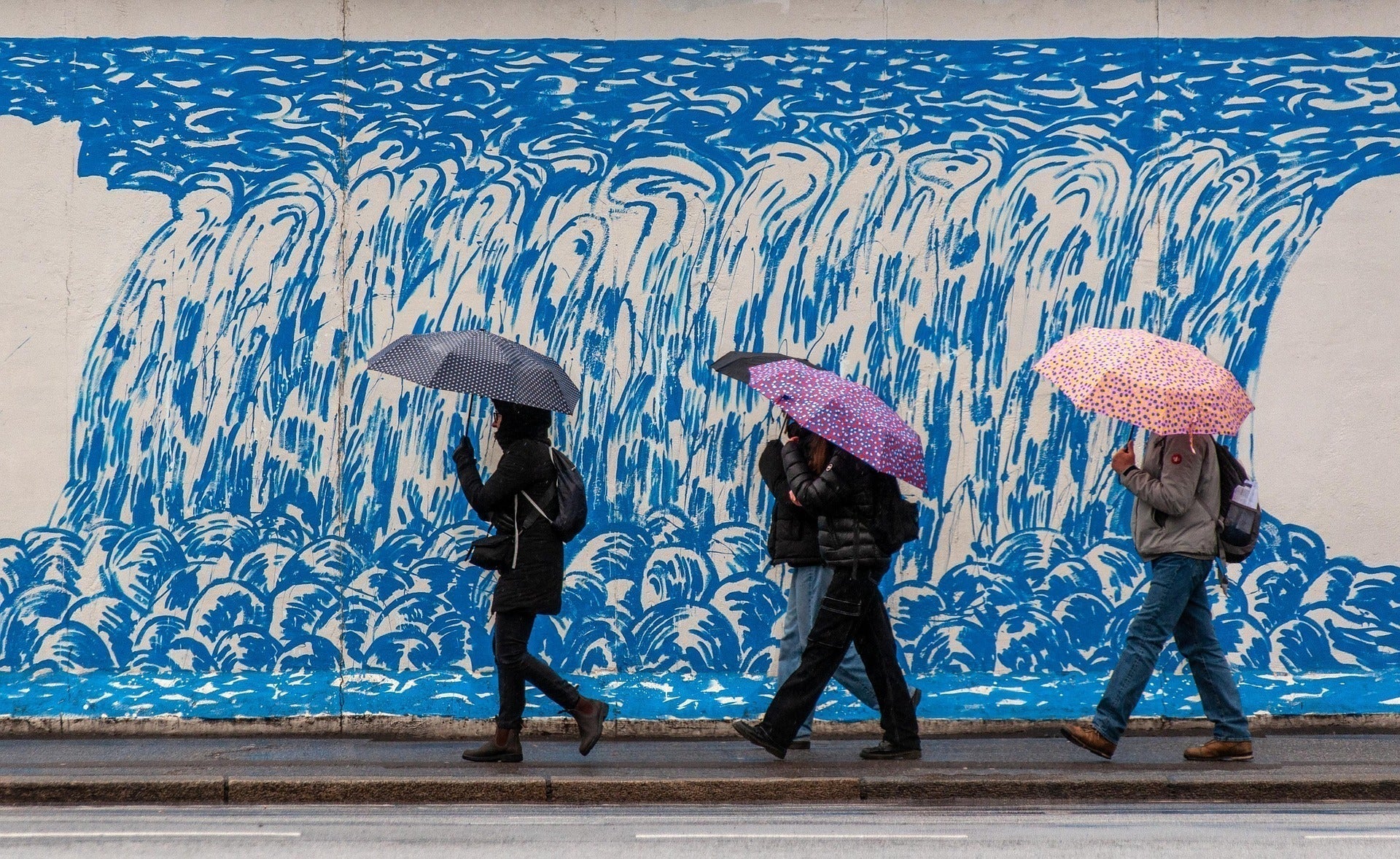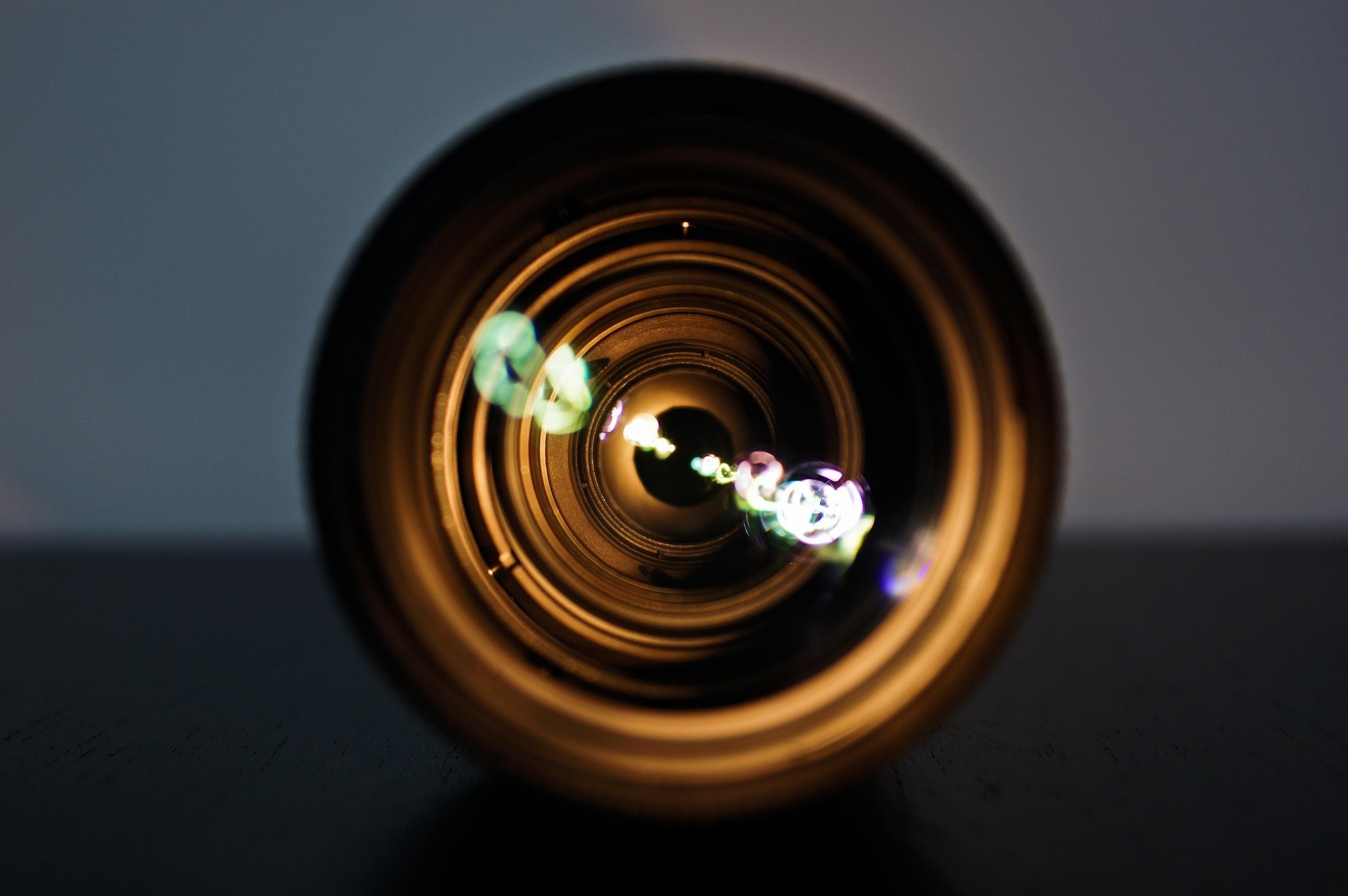
Street photography: discreetly capturing the moment
Anyone who lives in a big city, surrounded by thousands of other people, is familiar with the simultaneously familiar and yet often surprising or even bizarre atmosphere that prevails here. Street photography is all about capturing the extraordinary in everyday life and focusing on discreet and, above all, spontaneous, unposed photography in public spaces. An inconspicuous appearance can be decisive here in order not to distort the authenticity of the situation. At the same time, you need to be attentive and responsive to take good street photography pictures and be very familiar with your own camera and its settings in order to be able to take a technically high-quality photo quickly and spontaneously at the right moment.
Street photography as a genre
At the heart of street photography is the art of photographing people in their natural environment without staging or influencing their actions. It is about capturing the unvarnished truth of life in a city, which is often hidden in the seemingly banal moments of everyday life. An important area of tension that makes images of this genre particularly interesting is the contrast between the public space in which the images are created and the often very personal or even intimate situations in which people find themselves in this space.
An important basic aspect of street photography is the spontaneous capture of completely unforeseen and fleeting moments that cannot be repeated and give the shot its uniqueness. The authentic depiction of the subjects in their real, unposed state, without prior permission or staging, is also crucial to the genre. It ensures the unadulterated representation of everyday life as it is, without artificial intervention or manipulation.
As is so often the case with photography, in the genre of street photography it is the images that tell a story that captivate the viewer the most and remain in their memory. In street photography, this is achieved primarily by juxtaposing different pictorial elements that provide a clear context. The inclusion of the surroundings and the relationship between different pictorial elements often play a special role here.
For this type of photography, a restrained appearance is just as important as the camera itself. If you want to work discreetly, it is best to choose a compact bag that allows quick access and is is just the right combination of freedom of movement, protection and discreet design.
The interplay of light and form: Composition in street photography
Turning ordinary everyday scenes into impressive images requires not only the right instinct and a feeling for the perfect moment, but above all a great deal of knowledge and experience when it comes to composition. Leading lines and the interplay of light and shadow are particularly important in street photography.
In general, working with the golden ratio or, more simply, the rule of thirds can also be recommended for composition in street photography. Special effects can be created if picture elements are arranged in such a way that frames and separate areas are created within the scene. How the foreground, middle ground and background are divided and arranged also plays an important role. And finally, the most interesting pictures are often created by working with juxtaposition, i.e. the juxtaposition of very different, contrasting picture elements.
When it comes to working with light and shadow, you should first get to know the conditions of the location where you want to take the picture. Lighting conditions can sometimes be difficult between high-rise buildings and neon signs, but you should still work with natural light wherever possible. Photographing during the so-called golden hour in the early morning or late evening is therefore particularly recommended. However, strong contrasts caused by shadows as well as patterns and shapes in the urban landscape can also be used perfectly in street photography and can create a very special dramatic effect.
A robust, weather-protected bag with quick access - such as a model like the Louis M11 or William, which reliably keeps everything you need to hand even on longer trips without being bulky - is particularly useful when moving through unfamiliar parts of the city early in the morning or late at night.
Inconspicuousness is the key to success
If you want to take good street photos, you should know your camera well and also be a little familiar with light and composition. The key to success in this genre, however, is to remain unrecognizable and thus capture moments from real life in a completely unadulterated way. As a street photographer, you have to blend into your surroundings and become almost invisible so as not to disturb the natural dynamics of the scene.
In order to appear discreet and unobtrusive in public spaces despite the camera, it can be a good idea to look at the camera screen rather than through the viewfinder when choosing the subject and framing, for example, so that the camera is not in front of your nose. To avoid provoking reactions, it is also advisable to avoid direct eye contact with the subjects or staying in one place for long periods of time. Instead, it is better to keep moving and look around inconspicuously and out of the corner of your eye.
Under no circumstances should you behave in an intrusive manner or otherwise attract unpleasant attention, but always remain friendly and respectful. It is also advisable to adapt to the local environment in terms of clothing and behavior.
In order to be inconspicuous in street photography, it is not only behavior that is decisive, but also the choice of equipment. A compact and discreet camera bag can help to avoid attracting attention and still keep the camera safe and within reach.

Ethical aspects of street photography
In all of this, the contrast between the desired authenticity and possible ethical complaints becomes clear. Because even if you are in a public space, you don't necessarily want to be photographed without being asked. Street photographers have a great responsibility to respect the privacy and dignity of the people they photograph because of their discreet approach, where they cannot obtain explicit consent in advance.
A number of ethical principles should be followed: Specifically, photography in compromising, embarrassing or sensitive situations should be avoided and cultural norms and values should be respected. Special care must also be taken when photographing vulnerable people. When communicating with the people in front of your lens, you should be open and honest and (possibly afterwards) try to obtain their consent for the picture. The wishes of those photographed must be respected!
Spontaneous shots: Capturing the decisive moment
The "decisive moment", a term coined by the famous pioneer of street photography Henri Cartier-Bresson, is at the heart of street photography. This is because the images depict the fleeting moment in which form, content and emotion come together in a unique way to reveal a deeper truth about the world.
In order not to miss such a moment, you need a keen sense of observation and the ability to react quickly. You should also be familiar with the place you are photographing and have a feel for the rhythm of life there. Sometimes it can take quite a while for such a special moment to appear right in front of the lens. That's why every good street photographer should not only have a decent camera, but also a lot of patience when waiting for the right moment.
Street photography thrives on speed of reaction. It is often only a fraction of a second that decides whether a fleeting expression or an exciting contrast is captured in the picture - or not. In order to be ready at a moment's notice, the camera should be stowed within easy reach. A bag like the Charlie 2 was developed precisely for this type of use: robust, compact and with a clever bag design that allows quick access. It fits close to the body, can be opened silently and makes it easy to access equipment discreetly and in one go - a practical detail when every second counts.

Conclusion
More than almost any other genre, street photography is about capturing a unique and completely spontaneous everyday moment. It invites us to recognize the beauty and complexity of everyday life and challenges the technical skills of a photographer. It also requires ethical awareness and a deep understanding of human nature. Then, through the lens of street photography, we can rediscover the hidden stories in our immediate environment and capture the fleeting moments of everyday life for eternity.
Anyone who regularly roams the streets to capture visual stories knows that the right equipment is not just a tool, but also part of the photographic routine. A high-quality camera bag not only contributes to the longevity of the equipment, but also supports a relaxed and structured way of working - especially in a genre such as street photography, which often requires improvisation and patience. The Louis M11 MonoBlack was specially developed for photographers who value function and style in equal measure. With a modular interior layout, high-quality materials and a discreet appearance, it is a reliable companion - whether you're on your way through urban alleyways or busy squares.


